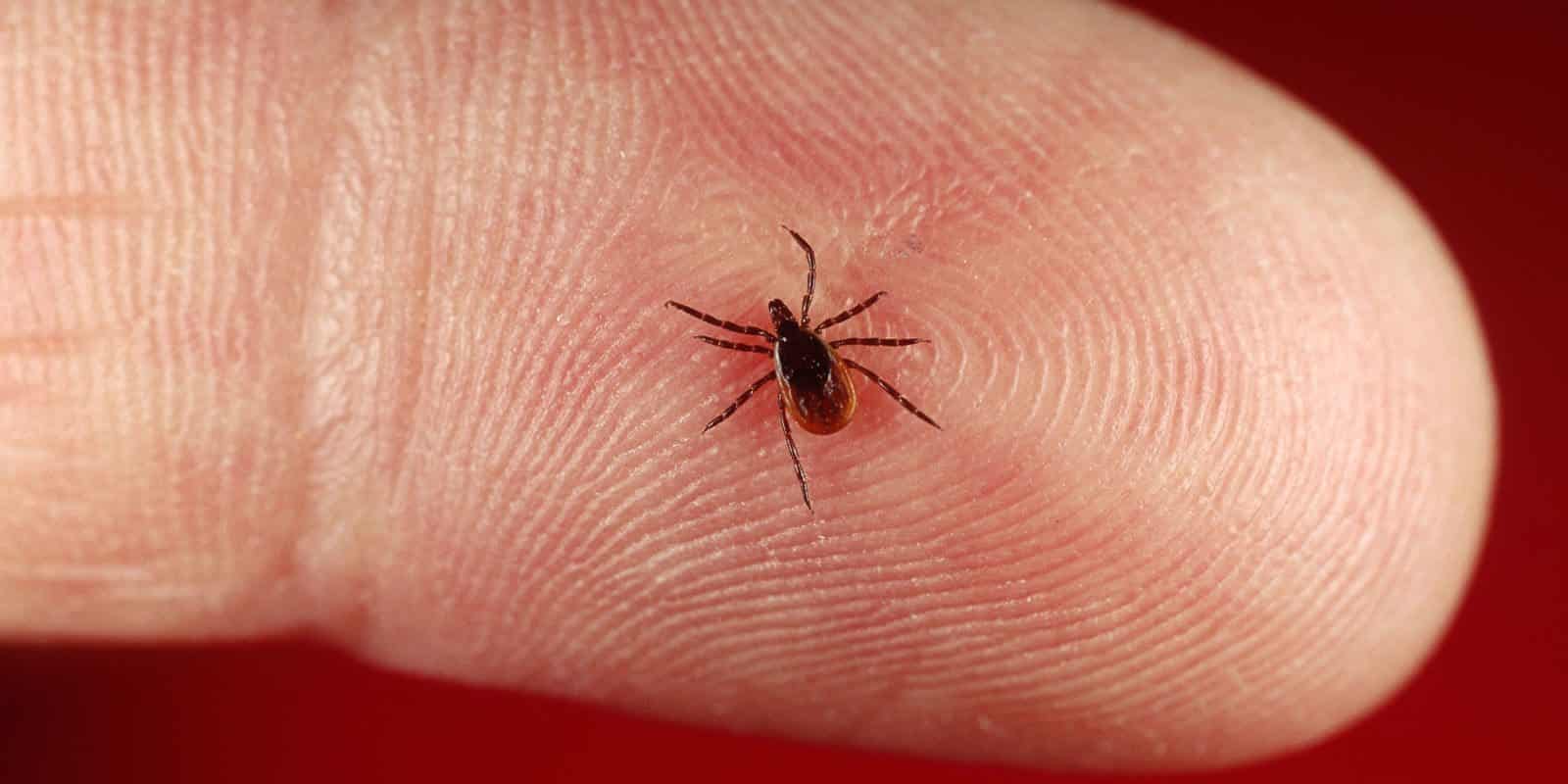New Serochip Test for Diagnosis of Tick-Borne Diseases
Tick-borne diseases (TBDs) are the most common vector-borne diseases. Each year, approximately 3 million clinical specimens are tested for TBDs in the US with serology being the mainstay of TBD diagnosis.
The most frequently employed serologic assays for TBD diagnoses include the enzyme-linked immunosorbent assay (ELISA), indirect immunofluorescent assay (IFA), and western blot. But the catch is- the diagnostic accuracy of these assays may be affected by a variety of intrinsic limitations that can impede effective diagnosis.
Except for Lyme disease, specific serologic tests are not yet available for other tick-borne agents. Further, we also lack simultaneous tests for exposure to the full spectrum of tick-borne agents.
These limitations of current platforms prompted scientists based at Columbia University to develop the TBD-Serochip, which is not only more accurate than existing tests, it is also capable of multiplex detection and can detect Lyme disease and seven other TBDs.
The TBD Serochip can simultaneously test for the presence of antibodies in blood to more than 170,000 individual protein fragments. Version 1.0 can identify exposure to eight tick-borne pathogens present in the U.S., including Anaplasma phagocytophilum (agent of human granulocytic anaplasmosis), Babesia microti (babesiosis), Borrelia burgdorferi (Lyme disease), Borrelia miyamotoi, Ehrlichia chaffeensis (human monocytic ehrlichiosis), Rickettsia rickettsii (Rocky Mountain spotted fever), Heartland virus and Powassan virus.
“The number of Americans diagnosed with tick-borne disease is steadily increasing as tick populations have expanded geographically,” says Rafal Tokarz, PhD. “Each year, approximately 3 million clinical specimens are tested for TBDs in the U.S. Nonetheless, the true incidence of TBDs is likely greatly underestimated, as patients with presumed TBDs are rarely tested for the full range of tick-borne agents, and only a fraction of positive cases are properly reported,” adds Nischay Mishra, PhD.
The TBD Serochip also provides a powerful research tool for studies of TBDs in addition to its utility as a diagnostic platform. The technology can be employed to discriminate individual antibody responses in patients with TBD and thus examine the interplay of TBD agents on disease manifestation and progression. The scientists claim it can also be used to assess the impact of genetic diversity of tick-borne pathogens on the host immune response.
“Diagnosing tick-borne illness is a difficult journey for patients, delaying effecting treatment,” says senior author W. Ian Lipkin, MD, director of CII and John Snow Professor of Epidemiology at Columbia University’s Mailman School of Public Health. “The TBD Serochip promises to make diagnosis far easier, offering a single, accurate test for eight different TBDs. Early detection of infection enables rapid and appropriate treatment.”
























Is this test available in Wisconsin? Just called one hospital lab and they were not familiar with it. Does it show current and past infection? Thank you for your assistance. B.